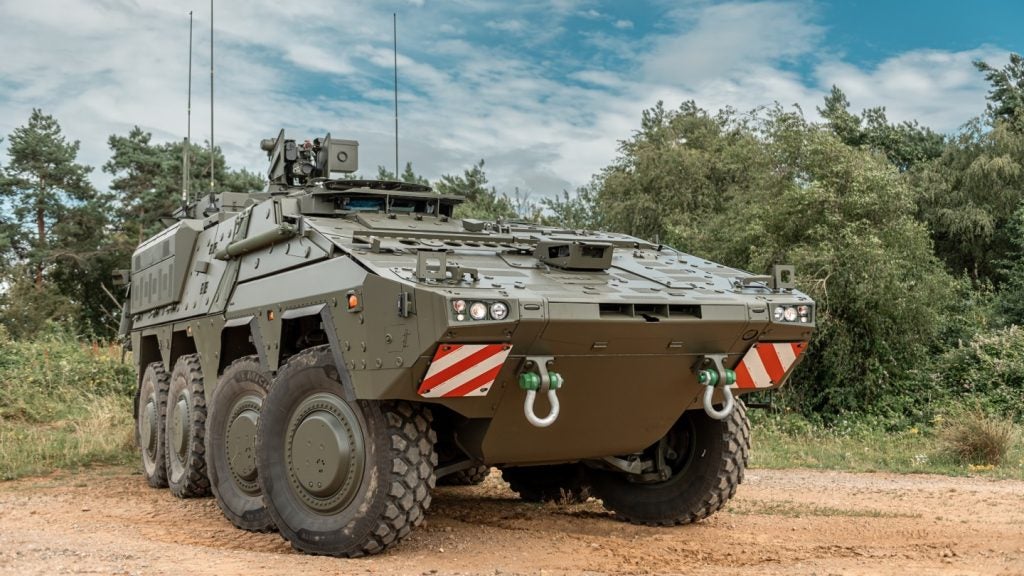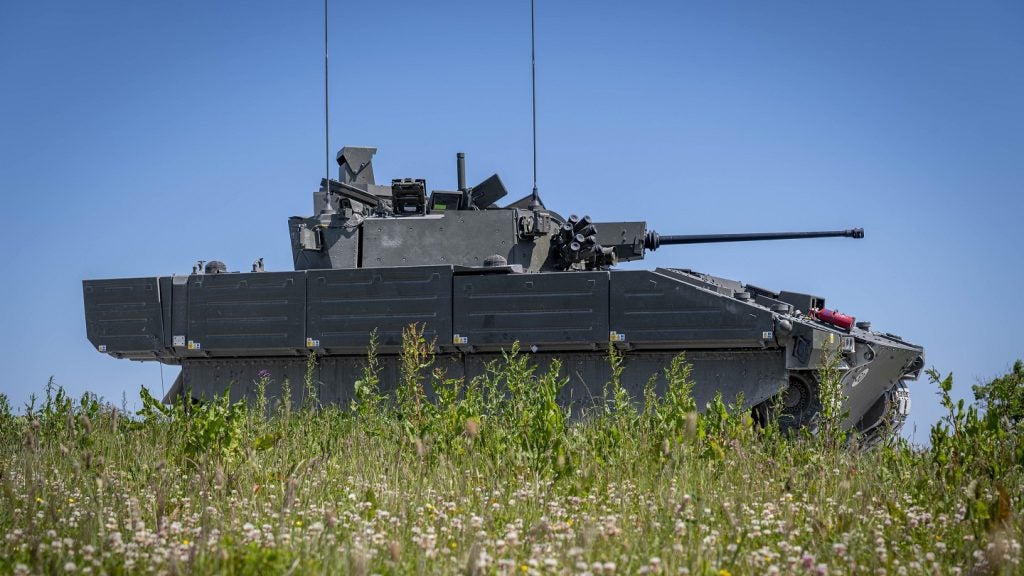
Exchange-traded funds tracking the world’s largest defence companies have experienced a sharp upturn as the Israel-Hamas conflict looks set to embroil other Middle Eastern nations.
The iShares US Aerospace and Defense ETF saw net inflows of $7.2m from 4 to 11 October, countertrending seven straight weeks of outflow. This represents a 4% increase, with top holdings Lockheed Martin and Northrop Grumman jumping by 10% and 16%, respectively.
The surge in defence investment comes as other Middle Eastern nations including Iran and Lebanon’s Hezbollah become increasingly involved in the Israel-Hamas war.
“It is highly probable that many other fronts will be opened,” Iranian Foreign Minister Hossein Amir-Abdollahian told Al Jazeera on Sunday (15 October), warning that Iran “cannot remain a spectator”.
Iranian Supreme Leader Ayatollah Ali Khamenei has praised Hamas’ attacks on Israel, while US security advisors have said “Iran is broadly complicit”.
In Europe, the recently launched Future of Defence ETF saw weekly inflows of $1.1m over the same period.
Israel to fight on two fronts?
Last night (16 October) was reported to be the heaviest bombardment of Gaza by the Israel Defense Forces (IDF), with the number of Palestinians killed in Israeli airstrikes surpassing 2,800, according to Gaza’s Health Ministry.
More than 1,400 Israelis have been killed since the Hamas assault on 7 October.
Continual military assistance to Israel by Western allies initiated the rise in defence fund investment. This looks set to skyrocket amid the threat of the conflict spilling out across additional Middle Eastern borders.
It remains to be seen whether Iran’s ominous promises will materialise – and in what form. Palestine and Hezbollah, the anti-Israeli, Lebanon-based militant group engaging in skirmishes on Israel’s northern border, have long been backed by Tehran with funding, training and weapons.
Fears of a regional war have been stoked since Israel allegedly launched a missile into Lebanon on 13 October, killing a Reuters journalist and six others.
Lebanese Prime Minister Najib Mikati and Hezbollah blamed the incident on Israel. In response, Hezbollah launched a missile into Israel on Sunday (15 October), killing one person.
Despite being regarded as one of the world’s elite military forces, the IDF would be stretched should full-on war break out on a second front. There is more than 200km distance between Israeli’s south-eastern front with Gaza and a potential second front along its northern border with Lebanon.
Last week’s increase in exchange-traded funds of defence companies fits with a wider upturn in holdings.
The largest recent inflows have gone to US-based Northrop Grumman and Lockheed Martin, while Boeing and Textron have seen the most significant growth over the last year, with a respective 38.89% and 32.47% rise in holdings.
GlobalData research shows that Boeing’s sales growth has risen slightly, from 6.19% in 2021 to 6.94% in 2022.
Our signals coverage is powered by GlobalData’s Thematic Engine, which tags millions of data items across six alternative datasets — patents, jobs, deals, company filings, social media mentions and news — to themes, sectors and companies. These signals enhance our predictive capabilities, helping us to identify the most disruptive threats across each of the sectors we cover and the companies best placed to succeed.







